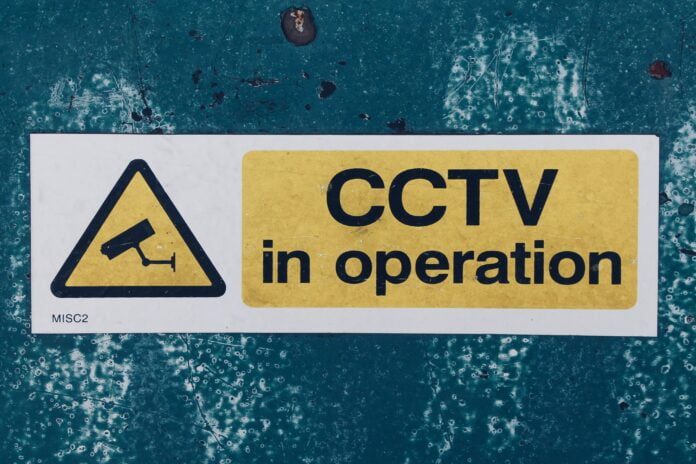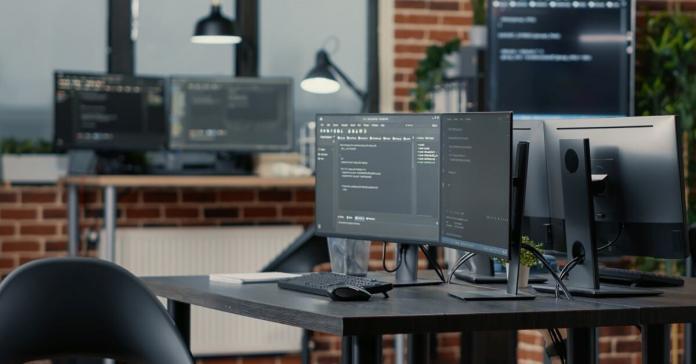Gun violence in schools is a persistent issue, and on that mostly affects the United States. While some schools are at greater risk, no community is immune. Through the first nine months of 2022 alone, Every town for Gun Safety reports there have been 113 shooting incidents on school grounds. In response, students in classrooms across the country now routinely practice live shooter drills.
People and groups nationwide are working tirelessly to make schools safer for our children. While Congress continues to debate the root cause of the issue and laws that would stop these tragedies, there are common sense steps that school districts can take to help protect their students. These are a few common issues that put schools at risk.
Many classroom doors lack internal locks
Teachers need to be able to lock their classrooms from the inside in the event of an active shooter situation. This helps protect students in class and limits the damage an active shooter is able to inflict before a response by the authorities.
Unfortunately, many classrooms throughout the country do not have this capability yet. This does address the root causes of gun violence in schools, but it’s a smart and simple step to limiting the damage and saving lives.
Entrances to school buildings are often easily accessible
Too often, school shooting incidents occur when an assailant simply walks through the front entrance of a school building. Surprisingly, this vulnerability is borne out of the best of intentions.
School administrators want to create a warm and inviting atmosphere for students and teachers. Few want to walk onto a campus surrounded by fences and metal detectors. But, school safety experts agree fencing is an effective way of slowing down shooters.
Administrators can supplement the security offered by the fencing with security cameras. External security cameras, which are typically a part of a school’s complete security camera system, can alert school resource officers to threats early on. Preemptive response to an incident can defuse what could have otherwise been a tragedy.
School buildings often have multiple access points
There are often multiple entry doors left unlocked at a school building throughout the day. And it’s easy to understand why. In the event of a fire, it is important to have multiple escape routes.
Having these doors accessible from the outside, however, makes securing a facility extraordinarily difficult. School resource officers are forced to monitor multiple entry points throughout the day. When a security incident occurs, officers are unable to devote all of their resources to a single entryway and must instead account for all of the possible ways a shooter or multiple shooters can enter the building.
By limiting school access to a single entry point, administrators enable their resource officers to focus their attention in one place, allowing them to quickly respond whenever a security incident occurs.
Communication during an incident is a major challenge
Schools have traditionally relied on intercom systems for communication across the building. But, during a school shooting incident, its limitations are evident.
During active shooter drills, teachers may be instructed to silence their cell phones to avoid having a ringing phone alert a shooter to their presence. Administrators also limit their use of the intercom system following the announcement of the drill. Without clear and open lines of communication, staff members are stuck making difficult decisions on their own. Having to monitor dozens of students only adds to the complexity of the situation.
While there is no way to completely avoid the confusion posed by incomplete communication during active school shooting incidents, schools can ensure students and teachers are prepared by assessing the decisions made when phones and intercom systems go dark and then addressing them with the teacher separately.
There can be a breakdown in coordination between schools and local law enforcement
Local law enforcement agencies are ultimately responsible for responding to active school shooter incidents once they begin. It is critical for them to know the school building and how they will respond if a tragedy ever occurs.
But most schools and law enforcement agencies do not have the capacity to remain coordinated around how each party will respond in the event of a school shooting. Responding effectively requires an in-depth knowledge of the building as well as consistent practice. Absent this level of coordination, officers will take longer than what is required to eliminate the threat.
Achieving this level of coordination is not simple. Both the school and local law enforcement should play a role in crafting a response plan to a school shooting incident. During after-school hours, law enforcement agencies should routinely dedicate time to practicing how they would navigate the school building during an active shooting incident. School administrators should also coordinate with law enforcement leaders so they are clear on their role when officers arrive.
Preparedness is key
School administrators should regularly assess whether their facility is equipped to handle common threats, utilizing any of the threat assessment tools available to them. While they cannot stop school violence on their own, they can take small steps to promote safety.
You may want to read more,








